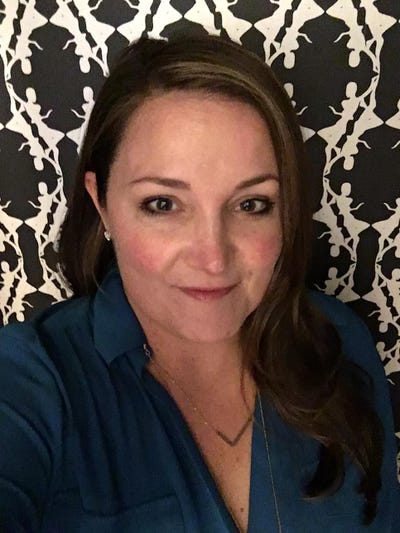Episode 95: Zero Waste Is the New Black
Meet Daniel Silverstein, designer and owner of Zero Waste Daniel. The company uses pre-consumer waste sourced from New York City’s garment industry, as well as other hard-to-recycle materials, to create clothing and accessories that send nothing to landfills.
Silverstein shares his creative perspective on the importance of authenticity and creativity in business, the power of interdisciplinary collaboration to solve problems in waste and recycling, and more.
Get a glimpse at this week’s episode of the Waste360’s NothingWasted! podcast:
Waste360: How did you find your passion for sustainability?
Silverstein: My background is in fashion design, specializing in women’s day-to-day wear. During my studies, I spent some time studying abroad in Italy, where I gained a more global prospective on fashion and sourcing and how the world approaches wearing clothes. As I studied more and more, I saw firsthand a fundamental lack of circularity in the clothing industry and felt like someone has to be doing something about it.
Waste360: What does living “Zero Waste” mean to you and your business?
Silverstein: In my mind, it’s less of a rulebook and more of a practice. I liken it to something like yoga where, the more you practice it, the stronger you get at it—and the deeper you get into it, the more you’ll learn. But anyone at any level can get involved. It’s my personal belief that nothing needs to be wasted; waste is a design flaw. In my business, it’s a different approach toward materials and sourcing specifically. I feel really connected to the idea of potential, and I’ve seen so much potential in the materials that come through my studio—from big bolts of fabric to thread scraps. There’s only waste if we choose to see it as waste. I’m constantly innovating on new textile designs and ways of joining fabrics together, of all different sizes, to create new, marketable, wearable pieces that can turn what some people see as waste into beautiful fashion.
Waste360: You’ve said you appreciate copycats. Can you tell us more about your approach there?
Silverstein: What I always try to remind people is that sustainability isn’t a talent. So the idea that I should be the only designer with a Zero Waste practice is insane. What I would encourage anyone inspired by this concept to do is: make it your own. What is your special way of expressing yourself—the way you see material; the way you see color—that makes your line your line?
Waste360: Can you tell us about your piece made with remnants from the New York City Department of Sanitation?
Silverstein: The New York City Department of Sanitation’s Foundation for New York’s Strongest, which is their in-house foundation that supports workers when they have special needs, reached out about collaborating. And what we found out is, whether it’s tents from a collection site that are now weathered and worn, or a few extra tee shirts left over from uniforms, that now have outdated information on them—or the color scheme has changed—whatever those odds and ends are, this is potential waste, but we can do something with it. The standout, feature piece from the collection was a coat made of the upcycled tents. What I think is so interesting is that we see a tent and think “waterproof, sun proof,” those types of things—but we don’t necessarily think “that would be great for a coat too, because we want our coat to have those properties.”
#NothingWastedPodcast
About the Author
You May Also Like




.png?width=300&auto=webp&quality=80&disable=upscale)